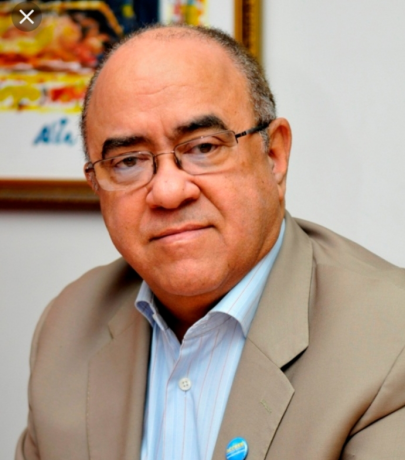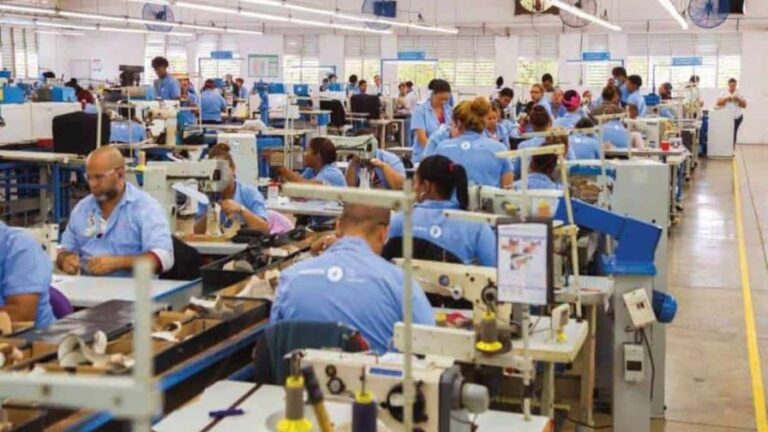
Since the media focused their attention on tax reform, and incentives for the tourism sector began to be part of the debate, I decided to ask friends related to financial matters about the return on investments and savings in financial institutions. I wanted to know if there was a bank or financial institution where every peso deposited generated 12 pesos as a profit.
I was interested in the information because some expert studies on the “fiscal cost of tourism”, that is, the income not received by the State for the taxes not collected from that sector, indicate that for every peso granted in tax incentives, the productive activities generated by the sector and its local purchases, contribute 12 pesos to the Government.
My research shows that tax incentives are a good business for the State. None of those I consulted could point out a legal productive activity to me where profits were 12 pesos for every peso invested.
I reviewed investment funds, profitability of savings and financial certificates, shares of companies in the stock market, resources derived from real estate activities, return on agricultural products and more. Nothing came even close to one peso of profit for each peso invested. Once again, I concluded that tourism is good business for the country’s economy (industrial sector, commerce, construction industry, medium and small enterprises, agricultural producers, banks, investment funds, etc.).
It is also good business for the State and for society as a whole, because the employment report in 2022 indicates that this activity in a direct, indirect and induced way, generated 18% of jobs, some 721 thousand jobs, a figure that Asonahores president, David Llibre, said in Baní “… is critical to reduce unemployment and improve the quality of life of thousands of Dominicans, especially in less developed areas.”
Llibre was not exaggerating either when he stated that, as a result of the changes to the incentive law approved in 2013, “the accumulated foreign direct investment from 2013 to 2023 was US$8,732 million, showing a growth of 361%, and for the year 2023 alone FDI was US$1,182 million. This investment is crucial not only for the development of tourism infrastructure, but also to generate multiplier effects in the local economy, by creating new business and employment opportunities.”
These data reflect tourism’s ability to drive economic growth directly as well as creating synergies with other economic sectors. It is the economic sector of the Dominican Republic “with the broadest Value Chain, which energizes the different sectors of the economy”, as evidenced by the purchases in the hotel sector alone, which in 2022 totaled RD$139 billion: RD$6.7 billion went to agricultural, RD$28.2 billion to the industrial and construction sectors, and another $104 billion to goods and services.
The conclusion is that “fiscal spending” to stimulate investments in tourism is the investment of the State with the highest return.
*Author: Quiterio Cedeño
Source:


